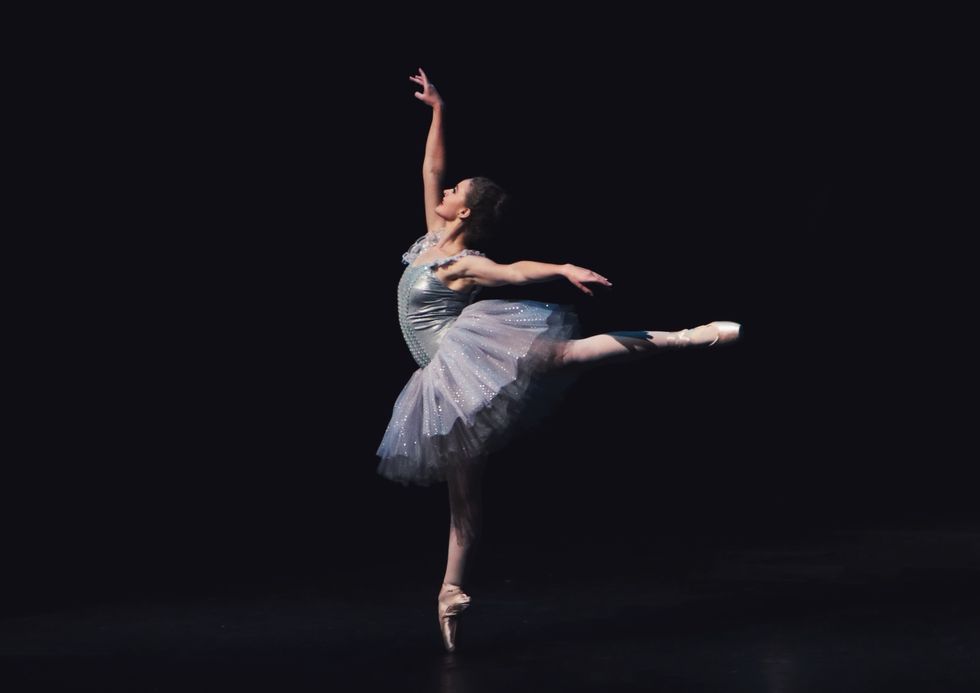Become Your Own Best Fundraiser
Although discussing money is often considered taboo, it’s an essential skill for choreographers looking to produce work and directors wanting to build their companies. “Fundraising is a practice, like rehearsing a dance,” says Stephen Clapp, executive director of Dance Metro DC, which provides support, promotion, education and advocacy for dance artists and organizations in the Washington, DC, area.
Answer the Big Question: Why?

StockSnap
Before being able to discuss your own work, you need to understand its context and reflect on it: Ask yourself the tough questions about why the work matters to you, your audience and potential benefactors. “Artists have to be able to view their work through a lens of relevance,” says Clapp. If you can explain why you love the work you do and why it’s essential that you do it now, there will be a greater chance that potential donors will see the value.
Have a Rehearsal

StockSnap
Clapp suggests having a dialogue with a friend, partner or colleague to rehearse your pitch. The more you practice on people you feel comfortable with, the more comfortable you will be when talking with donors.
Leverage Every Resource

Photo via foundationcenter.org
Don’t know where to start searching for donors or applying for grants? Clapp recommends The Foundation Center, which has a searchable online database and resource libraries across the country, and Dance/USA, which has regional affiliates nationwide. State arts agencies and local municipalities may be helpful too. You can also peruse the resources available through the United Philanthropy Forum or subscribe to The Chronicle of Philanthropy magazine.
Network

Quinn Wharton for Pointe
“Fundraising is about building relationships,” Clapp says. “The best way to ask people for money is to first get to know them. Take time to build individual relationships with your patrons and find out what’s important to them.”
He says holding open rehearsals or participating in community engagement programs are two of the many ways to create more opportunities to talk with potential donors. “It builds your network and brings people into your creative process and work, which helps participants feel a sense of ownership and investment,” he says. It also gives artists the chance not just to answer questions, but to ask them. Posing questions such as “Who do you know that may be interested in this work?” or “Who else needs to see this work?” helps you gather important information while developing partnerships with artists and non-artists alike. Ultimately, cultivating these relationships can lead to the key question: “Would you be willing to contribute towards this project?”




